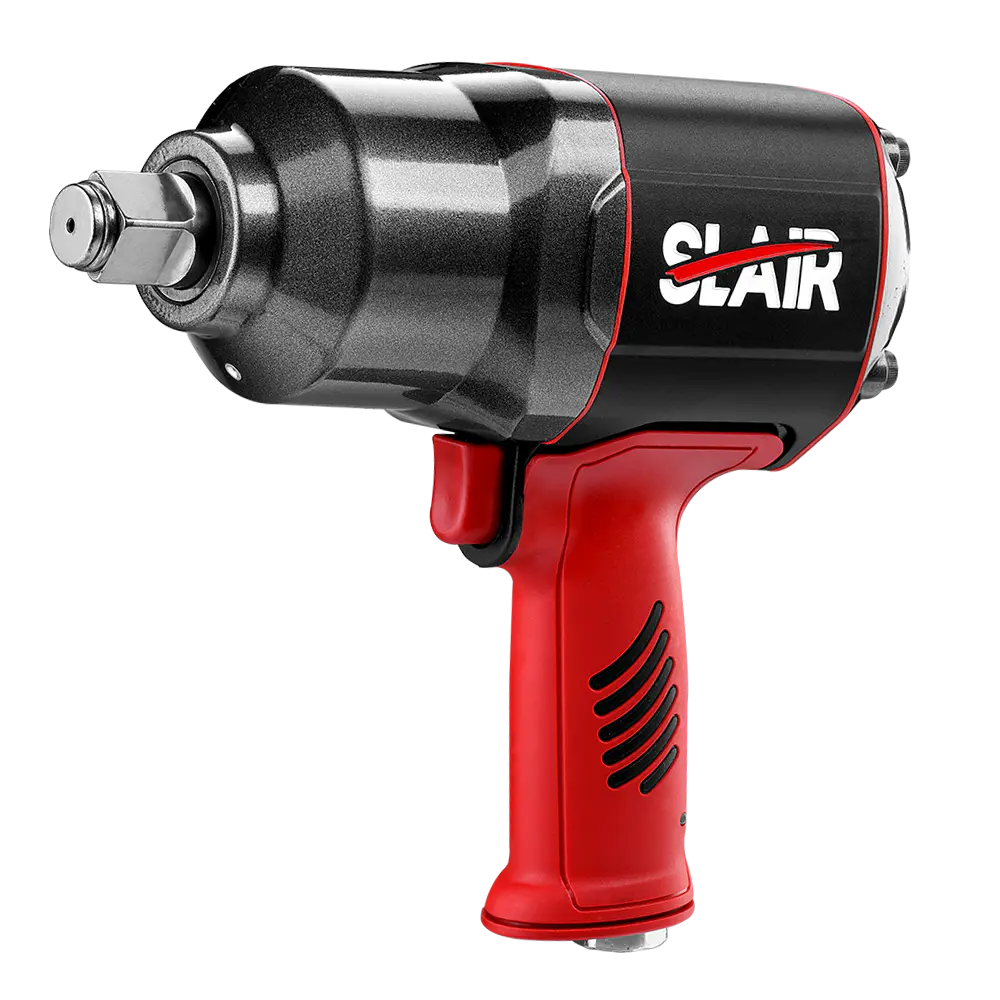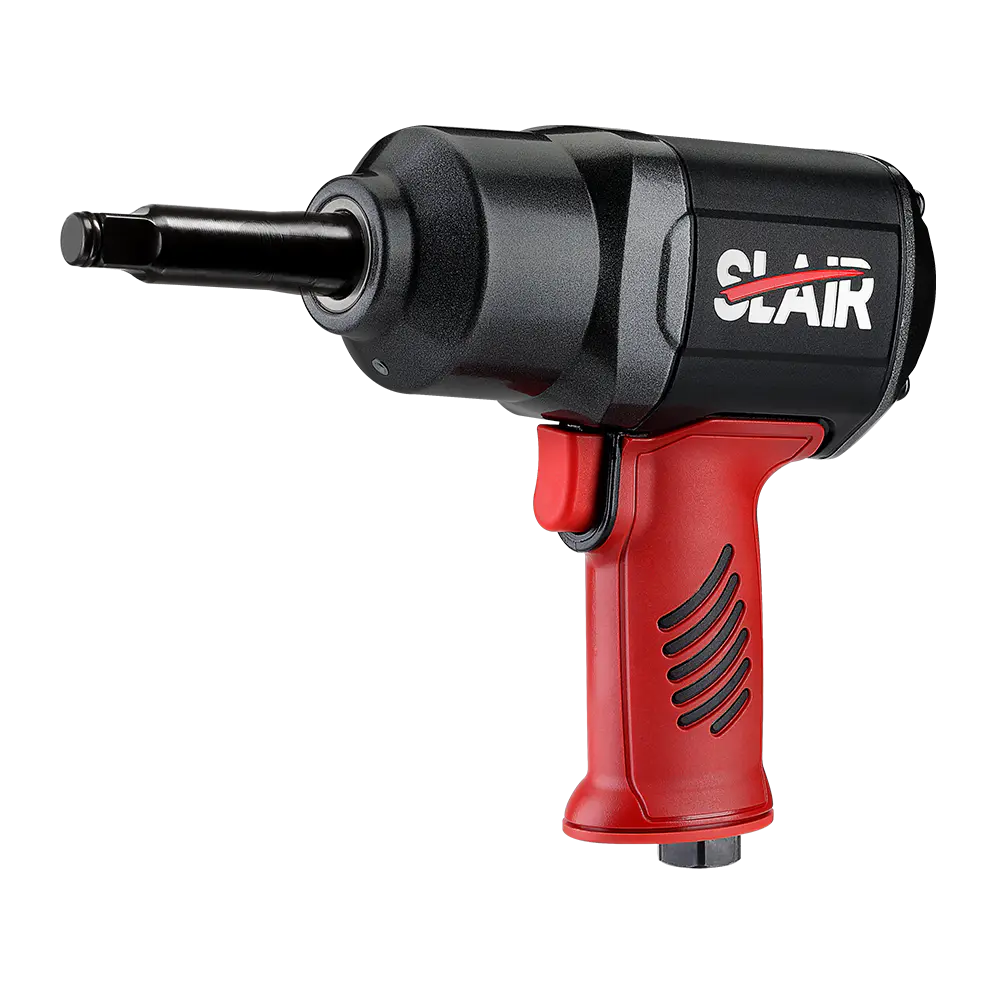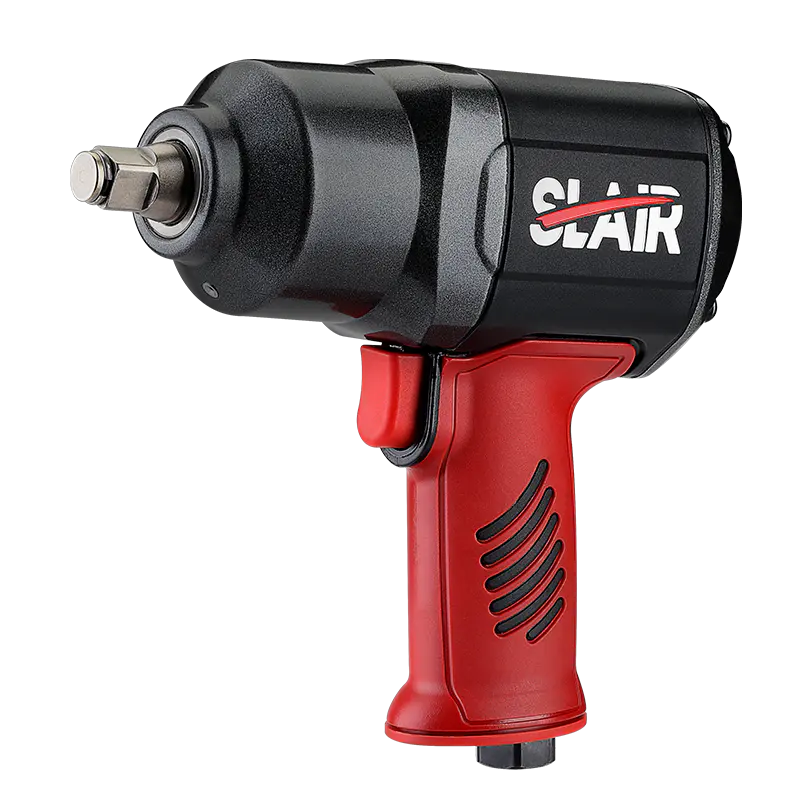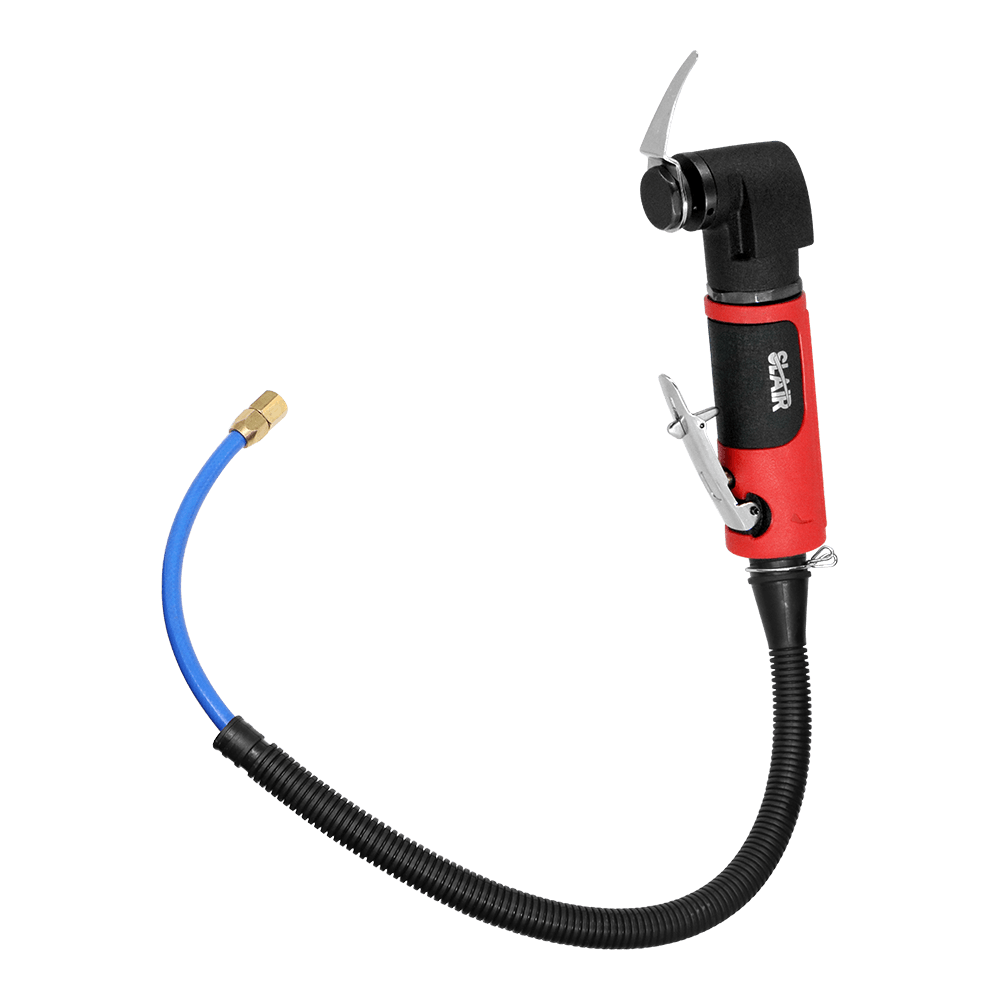The design of the pneumatic motor in an air drill significantly impacts its performance and durability. Here's how:
Power Output: The design of the pneumatic motor determines the power output of the air drill. Factors such as the size and configuration of the motor's cylinders, pistons, and valves influence the torque and speed capabilities of the drill. A well-designed motor can deliver consistent and reliable power output, ensuring efficient drilling performance.
Efficiency: An efficiently designed pneumatic motor minimizes energy loss and maximizes power transfer from the compressed air source to the drill bit. Features such as optimized air passages, valve timing, and piston sealing contribute to higher efficiency, reducing air consumption and improving overall tool performance.
Speed Control: Some
air drills feature variable-speed pneumatic motors that allow users to adjust the drilling speed to suit different materials and applications. The design of the motor's throttle mechanism and air flow control system determines the range and precision of speed control, providing users with greater flexibility and accuracy during drilling operations.
Durability: The durability of an air drill is closely linked to the design and construction of its pneumatic motor. High-quality materials, precision machining, and robust components are essential for withstanding the rigors of industrial and automotive applications. A well-engineered motor can withstand continuous use, high loads, and harsh operating conditions, ensuring long-term reliability and durability.
Heat Dissipation: During operation, pneumatic motors can generate heat due to friction and compression of the air. The design of the motor should incorporate effective heat dissipation features, such as cooling fins, air vents, and thermal insulation, to prevent overheating and ensure consistent performance over extended periods of use.
Maintenance Requirements: The design of the pneumatic motor can influence the maintenance requirements of the air drill. Easy access to internal components, replaceable wear parts, and user-friendly servicing procedures facilitate routine maintenance tasks such as cleaning, lubrication, and parts replacement, prolonging the lifespan of the tool and minimizing downtime.
In summary, the design of the pneumatic motor is a critical factor in determining the performance and durability of an air drill. A well-engineered motor with optimized power output, efficiency, speed control, durability, heat dissipation, and maintenance features ensures reliable and efficient drilling performance in various industrial and automotive applications.





 English
English 中文简体
中文简体 русский
русский Deutsch
Deutsch Português
Português Español
Español
















